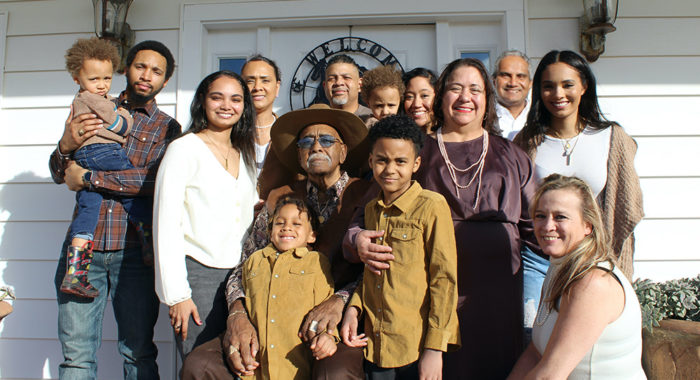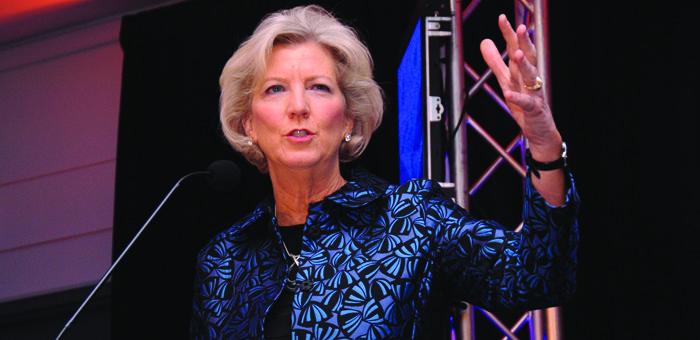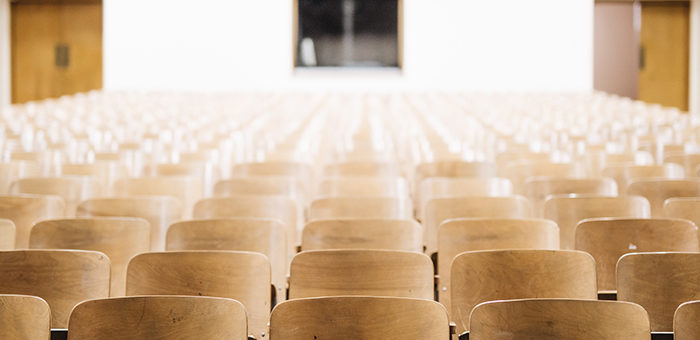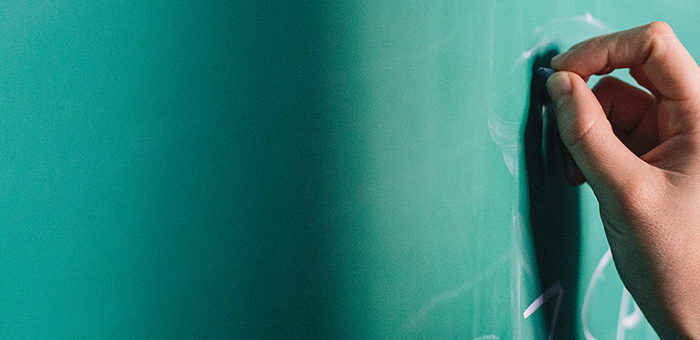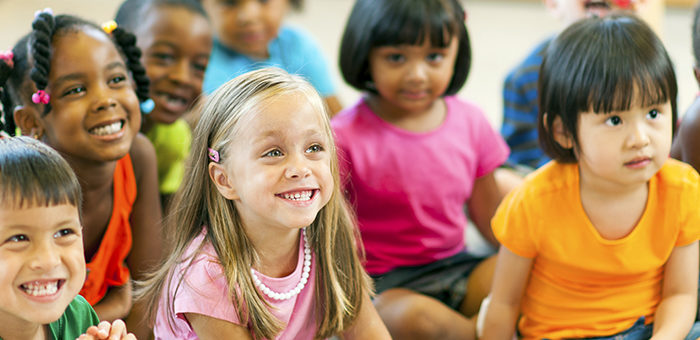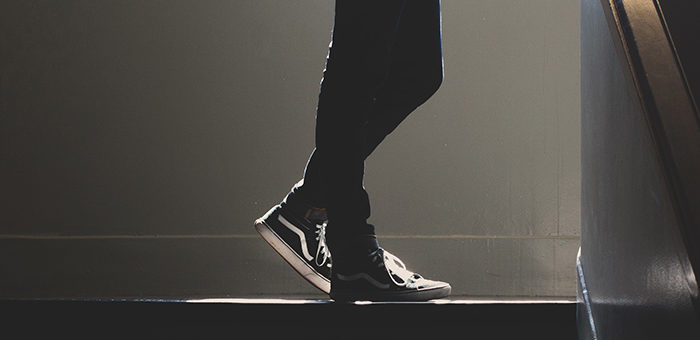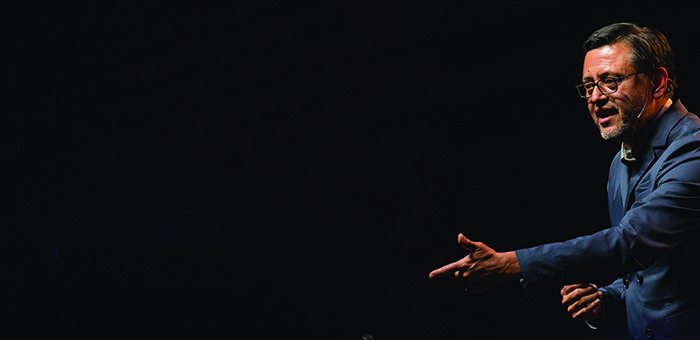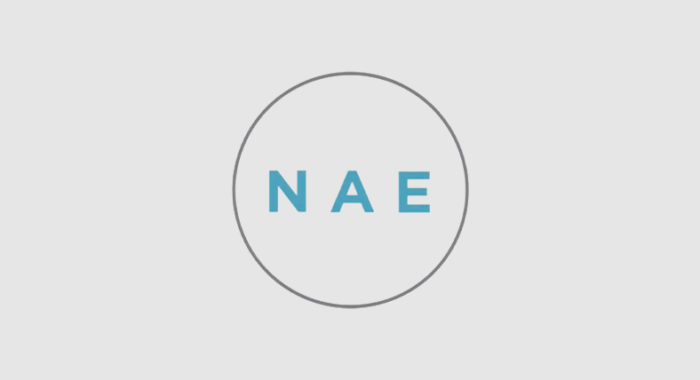“In my 20 years of working in the Bronx, neighborhood churches have only reached out to me twice,” the public school principal explained to a young pastor friend of mine. “One time they came to lobby for prayer in public schools. The other time they protested a new science curriculum that included evolution. Meanwhile, my students can’t read or do basic math. Taking evolution out of our textbooks won’t change a thing for my kids. They’ll still be poor, uneducated and stuck in the cycle of poverty.”
We all know that education is a pathway to purpose, hope and a future. For most American children (88 percent) — even those who come from religious households (83 percent) — this education takes place in a public school, despite the popular perception that many religious parents choose private or home-school for their kids.
Our nation’s best public schools are equipping students with the education and opportunities they need to thrive. Amazing teachers. Challenging classes. Dynamic extracurriculars. High graduation rates. Students ready for college and beyond. But for students growing up in poverty — often just a zip code away — public education looks a lot different. It’s a conveyor belt of ever changing teachers and administrators. Low expectations. High dropout rates. Only a few students going on to college.
Two Education Systems
Sixteen million of our nation’s students are growing up in poverty — that’s more than 20 percent. Most low-income children are three whole grade levels behind their peers in wealthier communities by the time they reach fourth grade. Only half will go on to graduate from high school. Of these, only 10 percent will graduate from college.
It’s a tale of two public education systems, where the state, city or zip code you live in too-often determines your academic destiny — and still too-often along racial lines. While educational pundits debate the best way to define this trend — the achievement gap, the opportunity gap, or more recently, educational inequality — millions of God’s children are falling behind. As Christians and Americans, we have a moral obligation and a duty as citizens to do something to reverse these trends.
Unfortunately, the Bronx principal’s experience of the church in his neighborhood is a symbol of what many people have come to expect from Christians engaging with public education in our nation as whole. It’s incumbent on us to flip the script.
Flipping the Script
There are more than 300,000 churches across America compared with roughly 50,000 high poverty public schools — a ratio of six to one. Imagine what might be possible if just a handful of people in each of these churches took it on themselves to ensure the students in these schools had people looking out for their best interests.
The good news is that all across America, Christians are rising to this challenge. Back-to-School backpack and school supply drives. After-school mentoring programs. Healthy meals for students when school isn’t in session. High-quality preschools for low-income kids. Advocating for concrete changes to public policy to address education equity. These are just some of the incredible ways that congregations are showing God’s love and making a real difference. And for millions of students growing up in poverty, this brand of faithful engagement can be a game changer.
Take for example the Mill City Church in Minneapolis, Minnesota, a congregation that meets in a local public school. When they discovered that the school’s students often went home on the weekends without healthy meals, they enlisted the congregation in meeting this tangible need. What started as a few friends preparing meals for a few students has grown into a weekend nutrition program for students called The Sheridan Story that matches churches with schools all over the Twin Cities.
Another compelling example is Englewood Christian Church in Indianapolis, Indiana, which runs Daystar Childcare, a high-quality preschool going out of its way to serve the low-income families in their neighborhood. When the state of Indiana recently launched a pilot program to expand high-quality preschool to 1,500 low-income children, Daystar was not only held up as a statewide model for excellence, but the governor signed the bill into law at Daystar, surrounded by the children the bill serves.
In the months leading up to the bill’s passage, The Expectations Project worked alongside clergy and congregations at places like Light of the World Christian Church, a predominately African American megachurch in Indianapolis, to educate congregants about the importance of early childhood education and enlist them as advocates for change in the statehouse. This public policy win for low-income children was only made possible through the efforts of people of faith invested in advocacy.
A Light on Education Inequality
Imagine how that Bronx principal’s experience of the gospel might have been different if the churches in his neighborhood looked more like Mill City, Englewood or Light of the World. Christians can help break the cycle of educational inequality trapping that principal’s students — and millions of students across America — but it will require thousands of congregations engaged as compassionate servants, smart community developers, and faithful advocates to move the needle on this issue.
Jesus said of his followers, “You are the light of the world. A city on a hill cannot be hidden. In the same way, let your light shine before others, that they may see your good deeds and glorify your Father in heaven.” Together we can shine a light on education inequality. And when we do, it’s not us, but God who will get all the glory, as his justice, his goodness and his love is expressed through our lives.
This article originally appeared in Evangelicals magazine.
Nicole Baker Fulgham is the founder and president of The Expectations Project, a nonprofit organization that develops and mobilizes faith-motivated advocates who help close the academic achievement gap in public schools. She previously served with the national staff for Teach for America where she held several key leadership roles, including vice president of new site development, vice president of teacher training and support, and vice president of faith community relations. She received an Ed.D. from UCLA with a focus on urban education policy and teacher preparation.




 View All Articles
View All Articles 

